2020 Review – the Covid Year
Thinking back to the start of 2020, makes me think of the opening lines of HG Wells’ novel, The War Of The Worlds. Except in this real-life story, a virus is attacking humans rather than the Martians.
No one would have believed in the year 2020, that within a few months, the world would be a very different place. That the freedoms we enjoyed so casually, would now be severely restricted by a global pandemic.
However, we were luckier than many. Following two months of lockdown, we managed to salvage the summer with a cruise around the Spanish Balearic Isles. In this blog we look at the route we took, along with the highlights and lowlights.
The second half of the article breaks down the costs of sailing in the Mediterranean for a couple living full-time aboard a yacht. If you’d like to jump straight there, click here.
The Statistics
Our Route

How Far
- We travelled a total of 1409 nautical miles (NM)
- Of that, we sailed 461nm (engine off, we don’t record motor-sailing hours separately from motoring hours)
- This gives a percentage of 33% of the total miles sailed.
- We visited two countries: Spain and Portugal
The Pie Chart of Nights Stayed
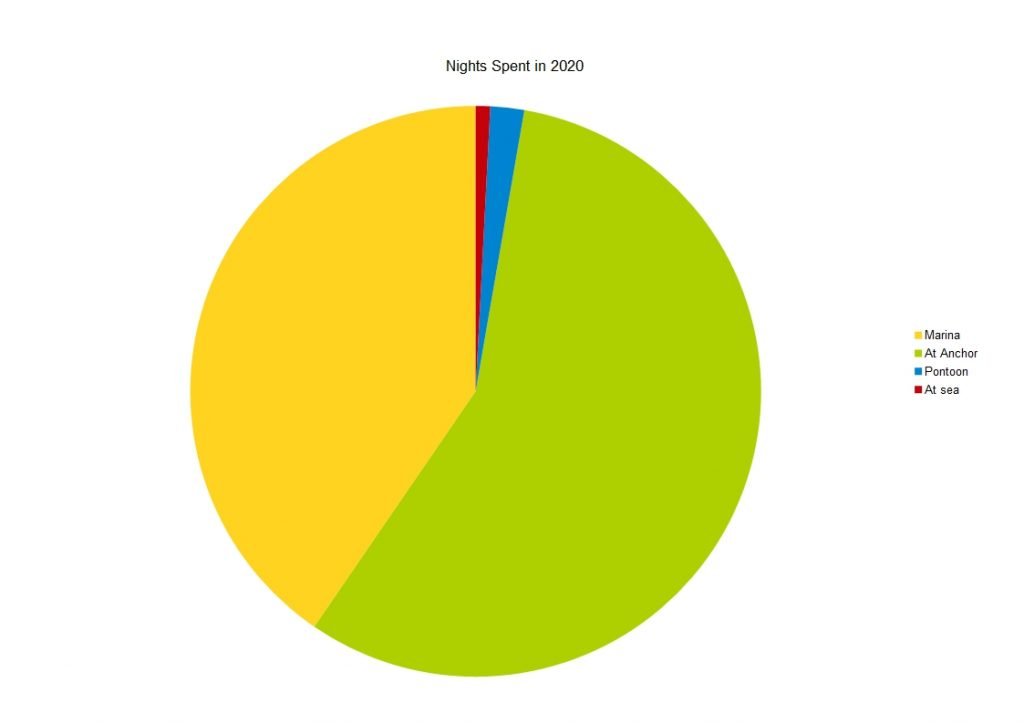
- Marina 148
- Anchor 208
- Pontoon 7
- At sea 3
Despite the enforced stay in a marina at the start of the year, we spent over half of it at anchor.
Weather in the Western Mediterranean
- In our experience, the winds in the Med fluctuate between no wind and too much wind. Certain areas experience afternoon offshore breezes that can be useful for sailing.
- In the Balearic Isles, the biggest issue during summer comes from a mistral. This is the strong wind that blows from southern France. The result is several days of F7+ northerly winds and swells that batter the islands.
- In the back of our minds, was the Gota Fria storm which hit eastern Spain and the Balearics in September last year. The change of seasons from summer to autumn generally brings unsettled and stormy weather to the Med.
- Winds can be strong from both east and west in the Alboran Sea, the stretch of water between southern Spain and Africa. Just over 50% of the winds are from the east (the Levanter wind) during the summer months. We would also have to factor in a predominantly incoming tide when leaving the Med.

Marinas and Anchorages
The Balearics
- The Balearics have an abundance of anchorages, however, it is essential to check the Posidonia Life Project to view the maps to ensure you are not anchoring in a protected area.
- Private marinas are expensive (> €100 per night for a 13m boat) during the high season.
- Ports IB is a public body responsible for managing a number of ports around the islands, as well as mooring buoys which can be more economical. Their webpage can be viewed here.
Spanish Coast: Cartagena to Portugal
- Heading west from Cabo de Palos to Aguilas there are a number of anchorages, although many require settled weather.
- La Azohia provided excellent shelter from east winds.
- Although the east side of Cabo Tinoso looks like it should be well sheltered from west winds, we found that a swell sneaks around the headland when winds are strong.
- Cabo de Gata has a good anchorage on its east side. We spent a night anchored on the west side to shelter from an easterly swell but it was subject to gusty catabatic winds for a few hours around sunset.
- Between Cabo de Gata and Gibraltar there are limited anchoring choices outside of settled weather. Almerimar Marina makes a good staging post, with reasonable rates. There are other marinas further west (Malaga, Fuengirola, Estepona, etc.), but we have not stopped at any.
- At Gibraltar, we chose to anchor in the bay off of La Linea, before going into Alcadeisa Marina for a few nights. The rates and facilities are good and it’s a ten-minute walk to the border with Gibraltar.
- The next stretch of coast to Cadiz, has a marina at Barbate and a couple of fair weather anchorages.
- There is a choice of anchorages or marinas around Cadiz and Rota. We anchored off of Puerto Sherry Marina where we had excellent shelter from the east.
Sailing Summary
The Good
- The release from the marina in May was one of the best feelings of the summer. Our first passage wasn’t anything spectacular, however, the anchorages in which we spent the next few weeks, were. Cabo Tinoso with its wild eastern coves is now one of my favourite anchorages in the Med. Just a few miles around the headland, on its western side, lies the huge, sandy bay of La Azohia. It’s slightly more civilised with a small Spar store and beachside bars but still has a beautiful, rugged backdrop.
- Sometimes, we have to try and find some good from a bad situation. I’m not at all grateful for Covid, however, it did result in crowd-free anchorages in the Balearics. We were able to visit places that in a normal summer would be packed full of boats, with the problems they bring. Crowded anchorages give us stress. Dragging boats, boats anchoring too close, we really try not to do it anymore. So, to be able to visit Formentera and Soller whilst they were quiet, was a privilege we are extremely grateful for.
- We completed the circumnavigation of Mallorca which we began in 2014, and an almost-lap of Menorca.
- Returning to the Rio Guadiana was a huge highlight, having made so many good memories there in 2014.
- Spending our first winter at anchor has been interesting and very good for our bank balance.
- Returning to Santa Ponsa on our way out of the Med and discovering some live music had managed to return.
The Bad
- After seven years of sailing in the Med, you’d think we’d have got used to the unreliable weather. But, every year its fickle nature finds a way to annoy me.
- This year, the wind began to play its tricks as we were leaving the Balearics and heading west to Portugal. Our journey out of the Med was a slog where we had to make passage when we could. The wind was against us for days at a time, with only brief periods between.
- The wind was a case of feast or famine – when it wasn’t blowing hard, there was none, resulting in a long motor from Cabo de Gato to Gibraltar.
- Big swells. The swells build very quickly in the Med and due to islands in their path, can come from multiple directions at once. Combine them with downwind sailing and it creates a rolly ride.
- Breakages:
- The fridge started playing up within days of leaving the marina at Cartagena. We debated returning to the marina to have the problem diagnosed and repaired, however, the potential costs were high. We chose to press on and aim to keep it running as best we could. It was a huge drain on our power during the summer, but happily, it has since been repaired. All it needed was the installation of a filter/dryer into the system.
- Several times, the outboard engine had blocked carburetor issues. Fixable but time-consuming. It then developed an oil leak in the lower leg. We’ve since replaced it with a 2-stroke 8hp.
- A diesel bug blockage stopped us whilst on passage between Ibiza and Mallorca. A messy, but fixable problem.
- As the summer went on, the quality of water from the watermaker began to deteriorate. By September, we had to run it for at least 2 hours before we were producing drinkable quality water. Our guess is that the membranes need replacing.
- A seal failed in the toilet. It wasn’t a simple fix either, poor Colin had to remove the loo and disassemble the pump on the back deck, in order to replace the seal. All on the hottest days of the year.
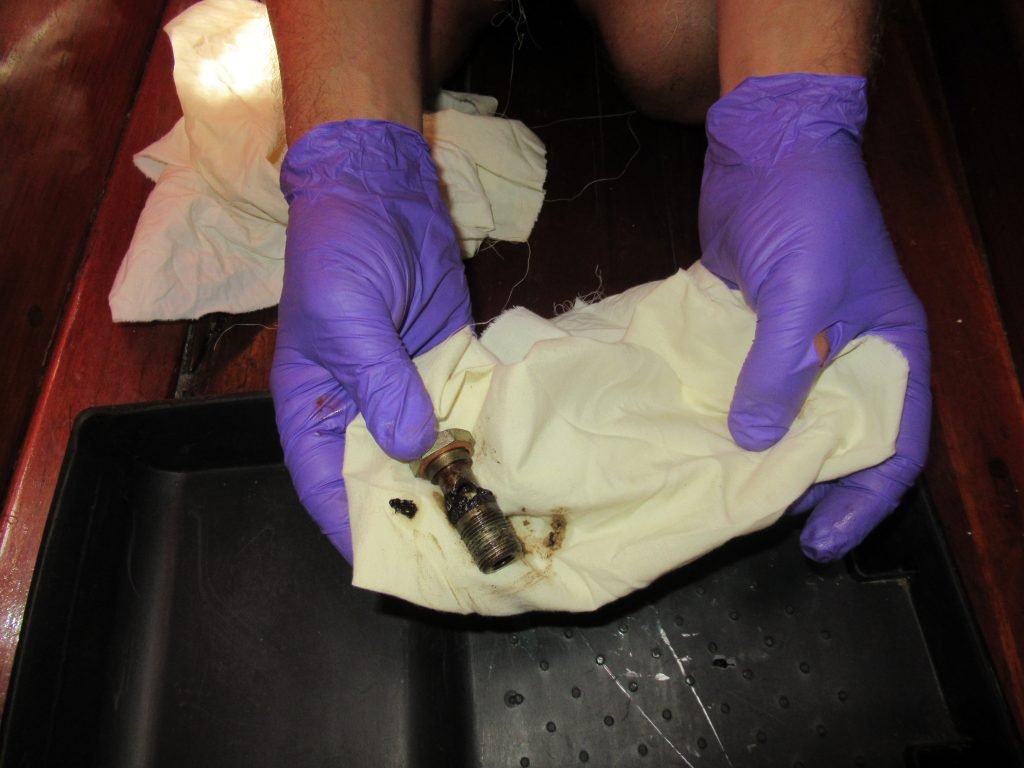
The Ugly
There’s only one contender for this – Covid 19.
Our Route – A Recap
Click here to view the timeline of our route and the associated blogs.
Winter in Cartagena
We spent our winter in Cartagena. The Yacht Port Cartagena marina is as close to a city as it is possible to get; a short walk brings you to the thriving central shopping street.
Bustling cafes, shops, and bars line the marble paved, central pedestrianised street. Taking a turn off either side transports you to the older part of town also alive with places to sit and watch the world go by. And if it’s old that you’re looking for, ancient history abounds. The centre point is an excavated Roman amphitheatre, but you can see plenty for free in the city founded by the great military leader, Hannibal.
I really enjoyed Cartagena as a city in which to live for a few months. It had a definite Spanish vibe and the residents know how to have a good time. We kicked off the winter with the ten-day Romans vs Carthaginians festival. Most weekends had some kind of event, from horse-carriage driving to vintage cars. Over the Christmas and New Year period, several live bands entertained the crowds, dotted around the city’s squares. A huge Three Kings parade followed shortly afterwards, and Carnival managed to go ahead before Covid restrictions hit.
The weather was generally mild, although humidity was a problem during the colder months. We rarely needed a heater on but regularly ran a dehumidifier.
Car hire was crazy cheap – we rented one from Alicante airport over a two-week period for the ridiculously low sum of £3.75. That is the total cost, not per day!
Having a car allowed us to get out into the beautiful countryside. The tourist board providing walking information, with leaflets containing a map and highlights of the trail. Even without a car, we were able to use public transport to enjoy local walks.
The Marina
There was a small community of liveaboards at Yacht Port Cartagena that held weekly BBQs. The staff were friendly, even delivering post right to the boat. As a downside, it is our opinion that the marina had an issue with space. We were on a pontoon with fore and aft mooring berths, and we felt that too many boats had been crammed into spaces that were not big enough for them. We had real difficulties manoeuvring and, as we don’t have a bow thruster, we needed help turning out of our berth. Also, being squashed up close to our neighbouring boat resulted in squeaky fenders; the marina did eventually rectify this problem for us, but others weren’t so lucky.
Covid Arrives
The region of Murcia was one of the first to go into lockdown in Spain, in an attempt to stop people from the more infected north, traveling to their holiday homes in the south. It was a brutal lockdown. All but essential journeys were banned, which the police strictly enforced. This meant no exercising, not even for a walk. Most other European countries were at least allowing people out for short exercise sessions.
Our contract was due to expire one week after the lockdown began. We chose to remain in the marina, rather than risk the stress of uncertainty outside. The marina continued our winter rates, however, this was still a large drain on our resources.
Freedom at Last
As April turned to May, glimmers of hope began to appear on the horizon with the announcement of a schedule of deconfinement. By mid-May, boats could leave the marina, with a travel limit of 12nm from their home base.
We took advantage of a settled period of weather to leave the marina for an anchorage at Cabo Tinoso, to the west of the city. We were free, of sorts.
As May continued into June, the distance we could travel expanded to the limits of the municipality, and we began to head east towards our summer destination of the Balearics. However, travel wasn’t without its problems. The Mar Menor, an inland sea, gave us a few unexpected surprises.
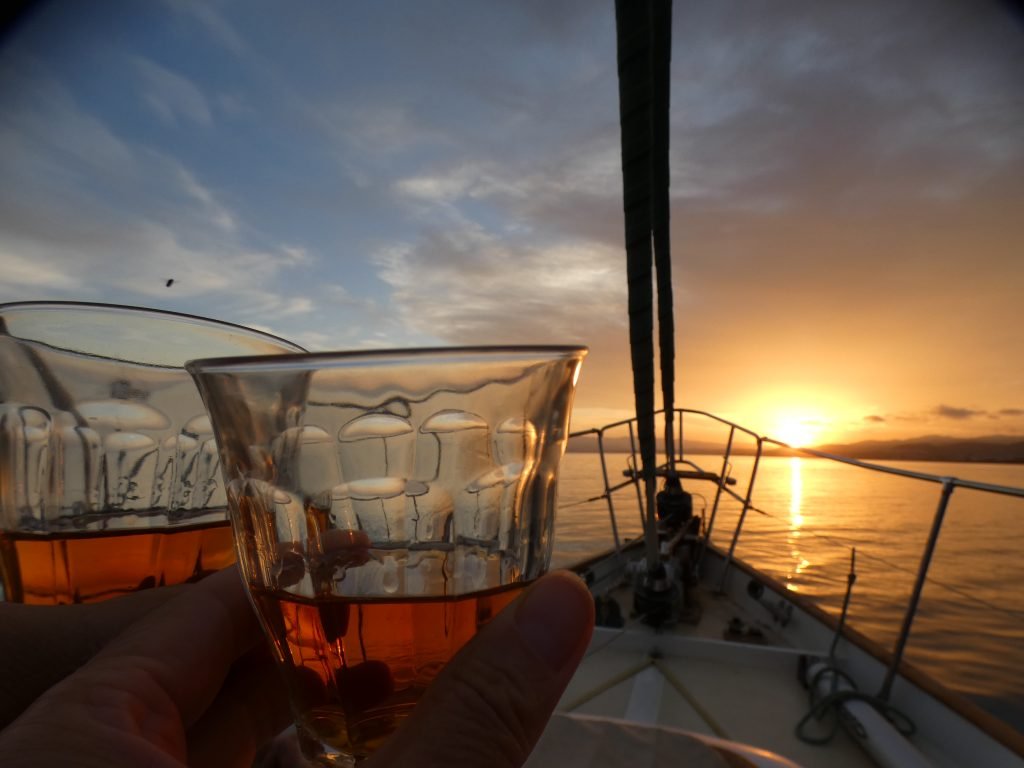
Our Best Passage in the Med
We had a fantastic passage from mainland Spain to Formentera in the Balearics, sailing for all but 5nm. Read more about that passage here.
The Balearics
We’d spent time in the Balearics when we arrived in the Med in 2014, however for a reason we can’t now remember, we missed out visiting Formentera. Now was our chance to rectify that omission. With very few other boats there, we enjoyed having plenty of space in the anchorages and strolling along the quiet, beautiful beach.
From there we headed north to the north-east corner of Ibiza and one of the most visually stunning anchorages we’ve ever visited at Punta Grossa.
We continued on north to Mallorca, first calling into Santa Ponsa, before traveling up the west coast. Here we again benefitted from quieter times to visit a number of anchorages that would normally be jam-packed. Soller, with its pretty horseshoe bay and distinctive trams, was a favourite, not least because of the beautiful walks in the area. Next was overnight stays in Cala Tuent and Sa Calobra, and its dramatic cut in the rocks. And not forgetting the tunnel. We then headed up and around the northwest tip of Mallorca to pass a week or so in Pollenca Bay.
It was across to Menorca next, and an idyllic ten days visiting a number of places. We’d last visited in 2014, but only went to Cala Adaiya. This time we saw much more. Starting on the soft west coast with its golden sandy beaches, we then travelled along the rugged north coast. A mistral then chased us around to the south.

Sailing to the Balearics 
Formentera sunset 
Beautiful blues 
Punta Grosse 
Cala Deia 
Soller 
Soller Walks 
Sa Calobra tunnel 
Sa Calobra 
Pollenca Walks 
Bicycle ride 
Pollenca old town 
BBQ 
Ciutadella 
Ciutadella 
Fornells 
The shrine built by grateful sailors 
Mallorca circumnavigation complete 
Farewell sunset 
Formentera
Our Passage South and West
It seemed like a good idea to take the last northerly winds of the mistral to head south, however, the wind faded much sooner than expected and the swell did not. We subsequently had a rolly passage from Menorca to the sheltered south coast of Mallorca. We were now looking for good weather for passages back to Ibiza, across to the Spanish mainland, and west out of the Med.
The forecast was not promising over the coming week. After a restock in Santa Ponsa, we picked the best of the bad and made another rolly passage to Ibiza. Here we met a sister boat, the first one we’ve come across in several years. A few day’s wait in Cala Xarraca allowed us to set up our downwind rig; it would have been handy on the last two passages. A hop back to Formentera, and then back across to the mainland followed. Conditions were not ideal, but with a plan to get to a boatyard in Lisbon by October, we needed to push on when we could.
The passage west to Gibraltar was not one of our best. A long, hot motor with fog thrown in; it felt like the Med was trying to not let us go. A few day’s rest and exploring had us recuperated and ready to push on with Emerald full of cheap diesel and tasty treats.
In early September we returned to the Rio Guadiana. We only intended to stay a couple of weeks, but ended up staying for the winter.













Costs & Spending
To recap, over the last 3 years we have published a rough breakdown of our spending – perhaps it will help any of you thinking of following this lifestyle (to read those blogs click here).
For those that don’t know us here’s a bit of background: we’re both British so costs have been converted to £ as this is what ultimately comes out of our bank accounts. We’re in the early 50s/late 40s age group and liveaboard Emerald full time. Our money comes from a mixture of rental income and savings and we keep our boat costs down by doing as many of the maintenance and repairs jobs as we are capable of doing. We also believe it’s useful to know your boat as well as you can as you never know when something is going to break down and you could be a long way from the nearest repair person.
We tend to spend our summers at anchor and the winter months in a marina.
This was our 7th season in the Med, we’ve recorded our outgoings for every year, allowing us to set reasonably realistic budgets for ourselves. Unexpectedly, we ended the year with a small, positive increase to our savings. Most likely because the outgoings were significantly down on last year’s, which we’ve put down to two main factors:
- the impact of Covid on travel and entertainment spend.
- the removal of winter marina costs, due to anchoring for the majority of winter 20/21.
(Note: totals are in UK pounds, but I’ve used euros for individual items)
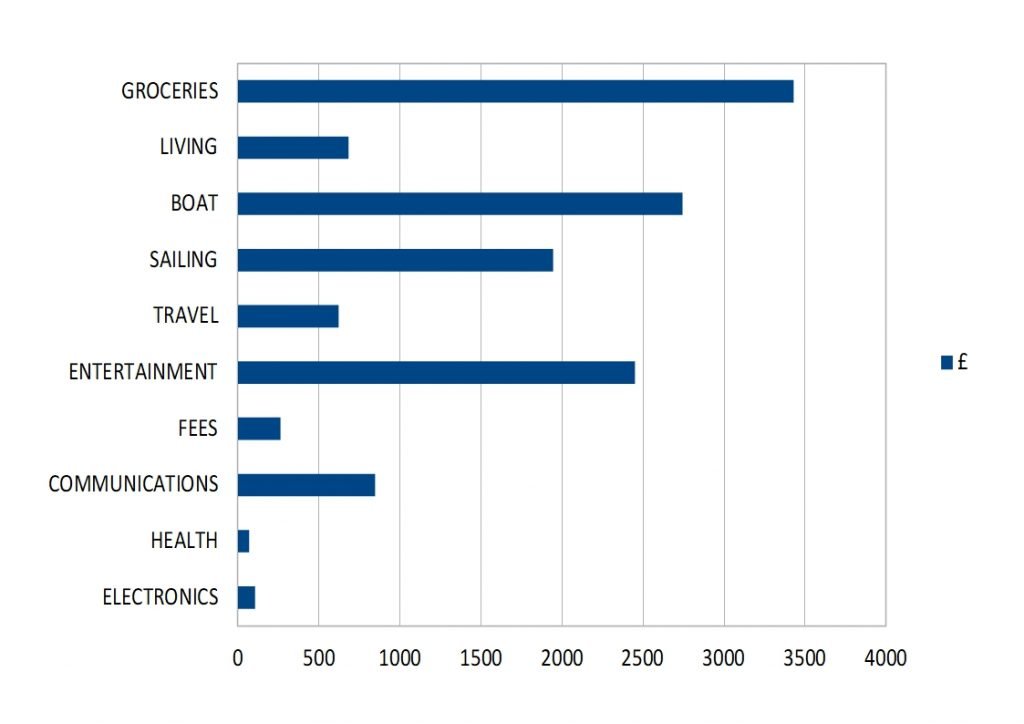
Groceries
These costs were up on last year, perhaps another impact of having to stay at home and cooking more on the boat. We found grocery costs in Spain to be some of the lowest in the Med, with a range of supermarkets to suit your taste. We used the budget supermarket Lidl and Spanish Mercadona.
Our shopping options were a little limited during the majority of the winter months we spent in the Rio Guadiana. The village has a small, but reasonably well-stocked general store, and a weekly fruit and veg market. Prices were a little higher than in larger stores.
We do not include alcohol in this category.
Living & Household Products
These are our general living costs such as gas, electric fees when in a marina, household products and general consumable items.
These costs are slightly up on last year as our cooking gas consumption increased. During the summer we use a solar-driven, electric kettle. However, shorter and cloudier days during the winter at anchor meant we struggled to keep the batteries topped up. Hence, more gas used for boiling water. Also, we typically use an electric hot plate for cooking when plugged into a marina shore supply. Being at anchor meant this option was no longer available.
Another factor was the higher price of gas in Spain and Portugal. In Sicily, we were able to get our gas bottles filled directly, but in Spain, this was not a straightforward option.
Boat
Maintenance costs were low this year. This was because we are delaying the major boat jobs until we get to a boatyard. This hasn’t happened yet, however, we have completed the installation of a waterless toilet, added a dryer/filter to the fridge compressor, and made some small power improvements.
- The largest outgoing was €621 for new anchor chain,
- the components for a waterless toilet (€350)
- a new to us, secondhand outboard engine (€300)
We carry out the majority of the boat maintenance ourselves, so the costs for servicing the engine, watermaker and outboard are only for parts and materials.
Boat insurance (Y Yacht) dropped slightly to £850 a year, due to changes in the policy.
Sailing
Marina fees account for the bulk of this category, which includes the Covid enforced extra two months. However, we offset these costs by spending winter 20/21 for free in the Rio Guadiana. The marinas we visited during 2020 were:
- Yacht Port Cartagena – €820 for two months
- Alcadeisa Marina, La Linea – €29 per night
- Ayamonte Marina, Spain – €23 per night
Our sailing costs are lower by £1500, due to a reduced season and lower mileage. Fuel costs are lower due to this as well as filling up in Gibraltar where diesel was only £0.46 a litre.
- We use Navionics on an Android tablet for our main navigation planner and real time plotter. This year, as we moved west, we needed a new area of chart coverage which cost £27.
- Our 5 year SSR was due for renewal, a cost of £35.
- We applied for temporary Portuguese residency at a cost of £15 each.
- Portuguese Light Dues €70 for 6 months.
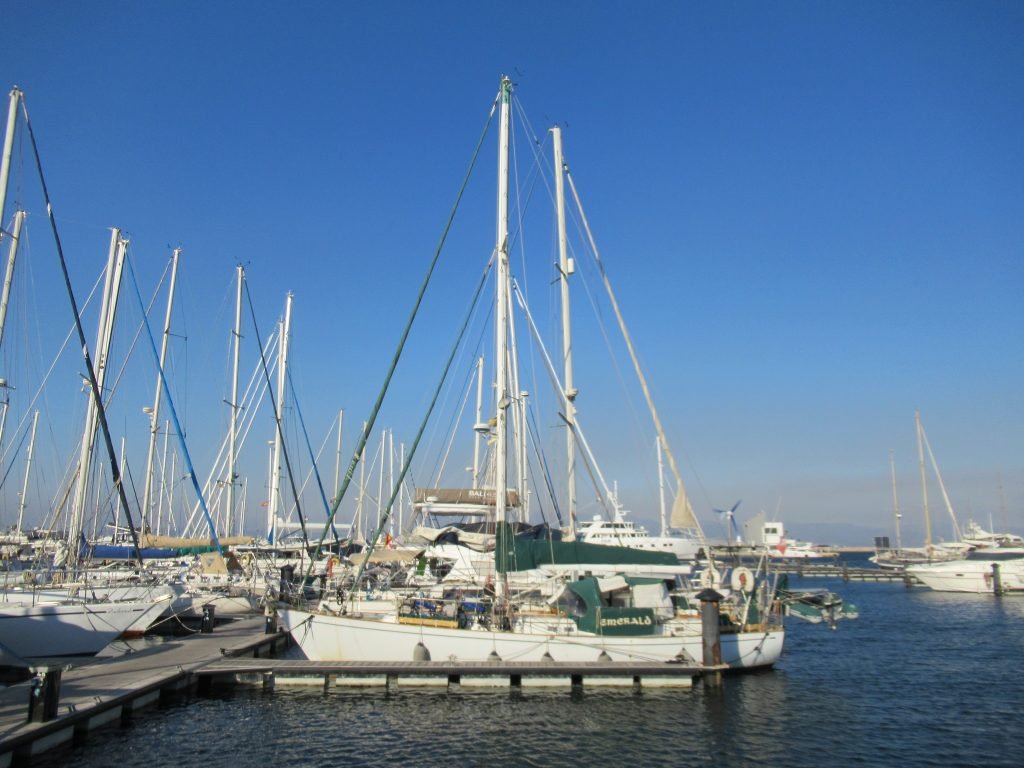
Travel
Travel costs, sadly, were exceptionally low as we were unable to make the usual wintertime trips back to the UK to see family. We did squeeze in a road trip to Alicante and Valencia and took advantage of crazy low car hire prices. We couldn’t manage to find another crazy deal of £3.75 for two weeks hire, but I won’t complain at £14 for two weeks either.
Entertainment
This category includes all our spending on fun activities! We group all our alcohol consumption into here, both at home and whilst out. Again, Covid restrictions significantly reduced these costs. We don’t eat out a lot, perhaps 3 times a month, so it was surprising to see the impact on our budget from the order to “quedate en casa”.
We also include our spending on our hobbies in here, all those purchases that help pass the time whilst living aboard.
Health
This category will be very different per person, based on your own health requirements.
Communications
We both have Vodafone UK data SIMs in our personal mobile phones, topped up on a pay-as-you-go basis. In addition, we tend to buy a local country SIM to provide the bulk of our data needs. We also have a wifi aerial that can pick up internet signals from ashore, for example from bars.
Our communications fees were higher this year:
- This year we used a Vodafone UK data SIM to provide some of our data needs, the 12 month contract gave us 25GB of data for £29 a month. We signed up because we thought we’d be spending a significant amount of the year in the UK (where the data usage is unlimited). But, plans changed and it became less cost effective when compared to using local SIMs. We have since cancelled this contract, in part due to more strictly enforced roaming rules following Brexit.
- In Spain, we used a SIMYO data SIM, which gave us 32Gb for €18 a month, with good roll-over options. We were able to top-up at Tabacs and some supermarkets (Carrefour).
- In Portugal we switched to a Vodafone Portugal SIM, using their GO pay-as-you-go packages. We pay €15 for 30Gb which lasts 15 days.
Electronics
This category covers items such as phones, hard drives, memory cards and other electronic items. The outgoings were low this year.
The Social Media Bit: Want to Follow Us?
If you’d like to follow us on other social media platforms (Facebook, Instagram and YouTube), you can do so by using these links:
Or use the link below to track our voyage on NoForeignLand.com.
And finally, you can sign up to receive email notifications of new blogs using the subscribe box at the bottom of this page.
Thank you from Nichola & Colin


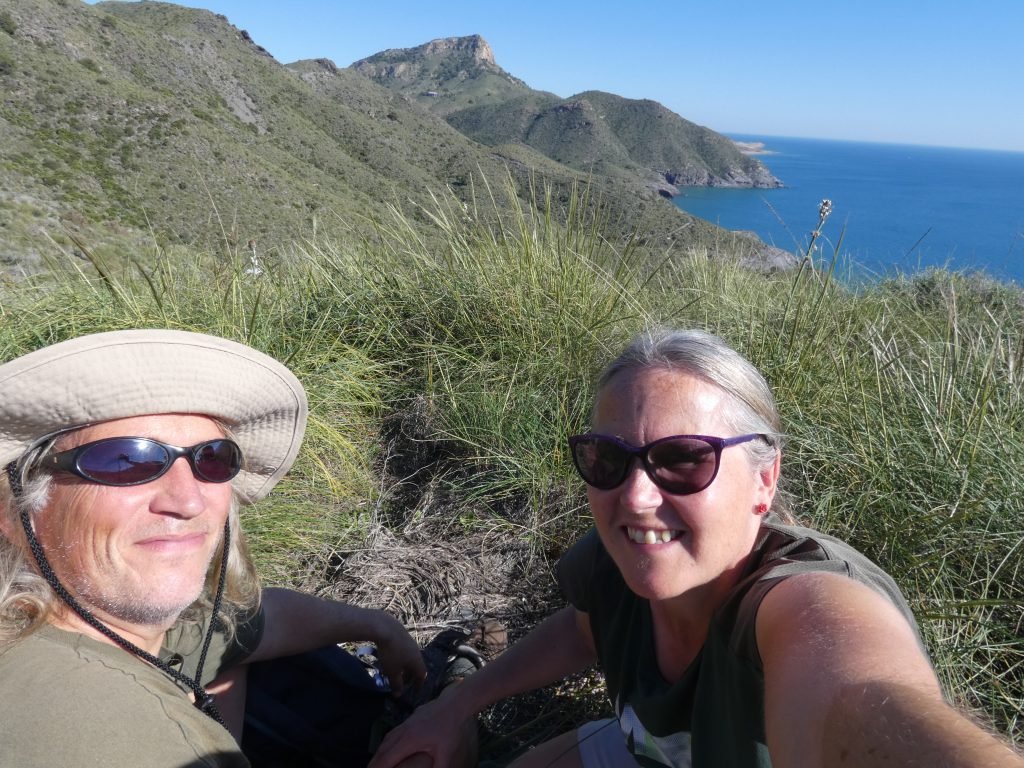
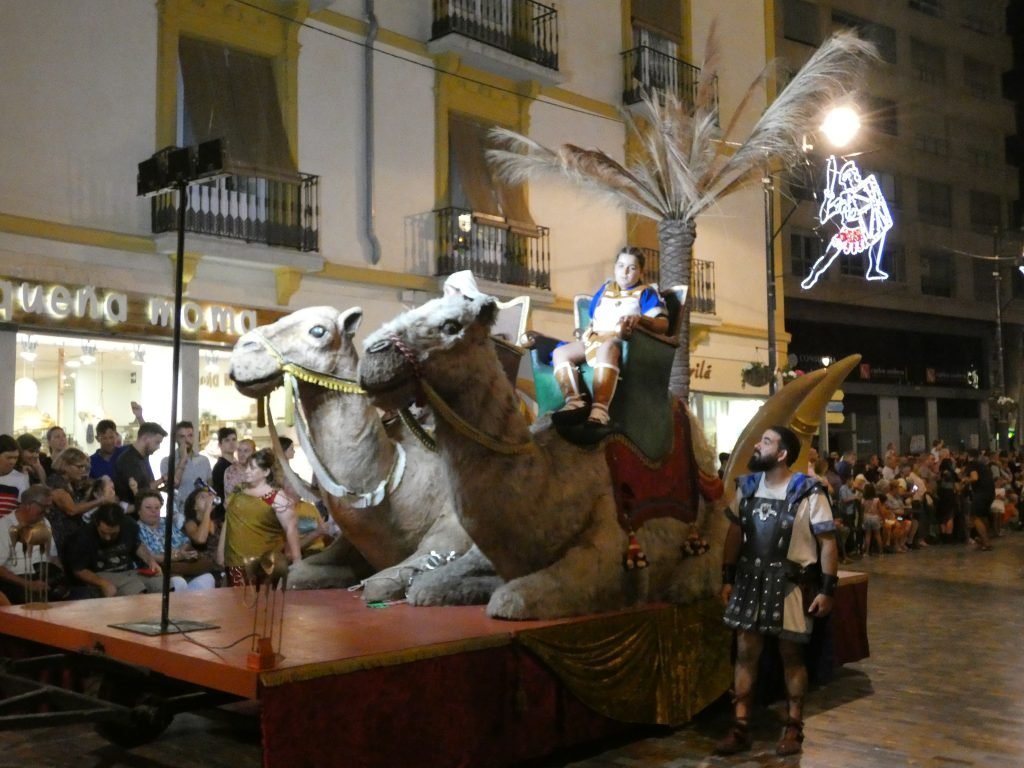
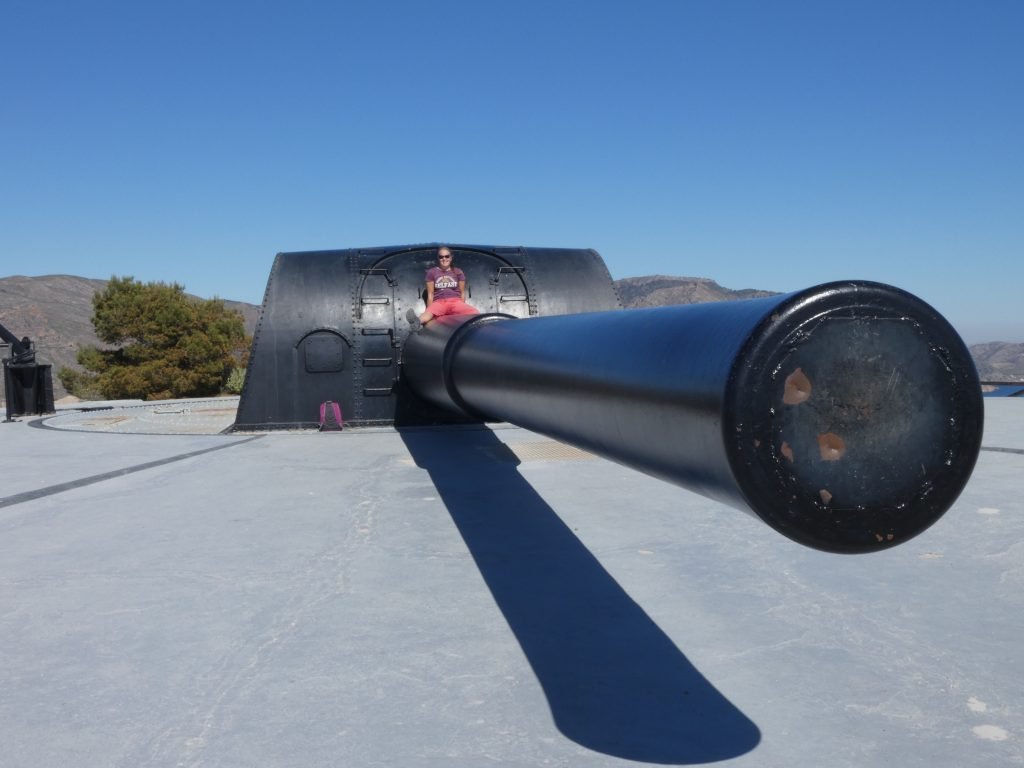

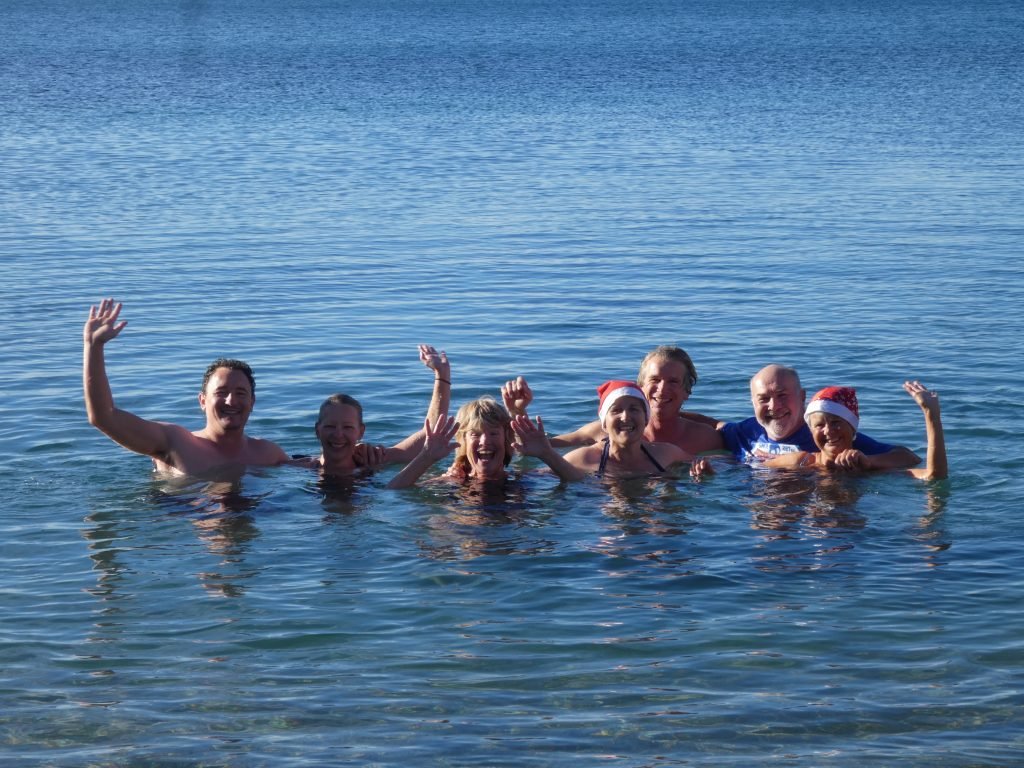
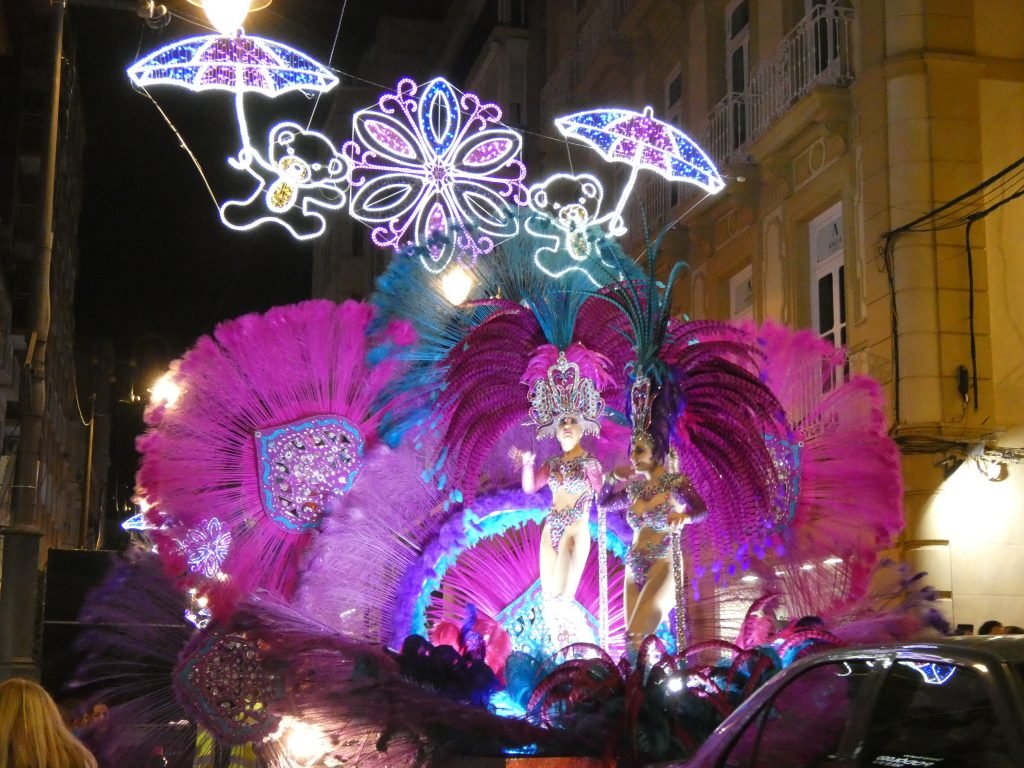

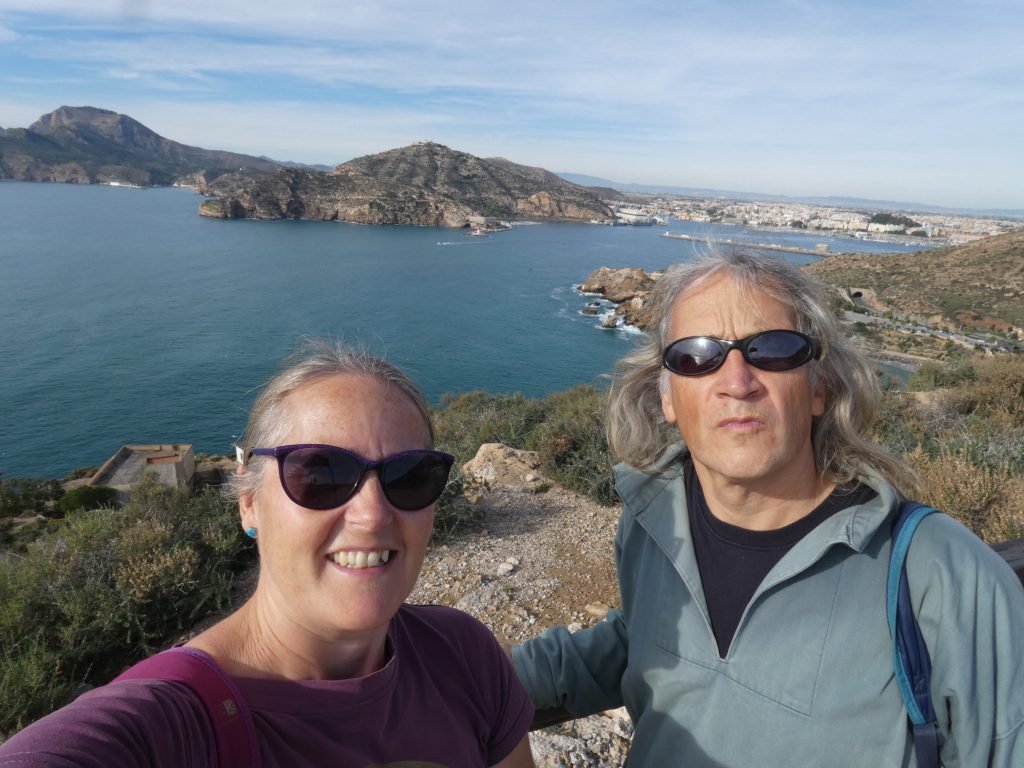
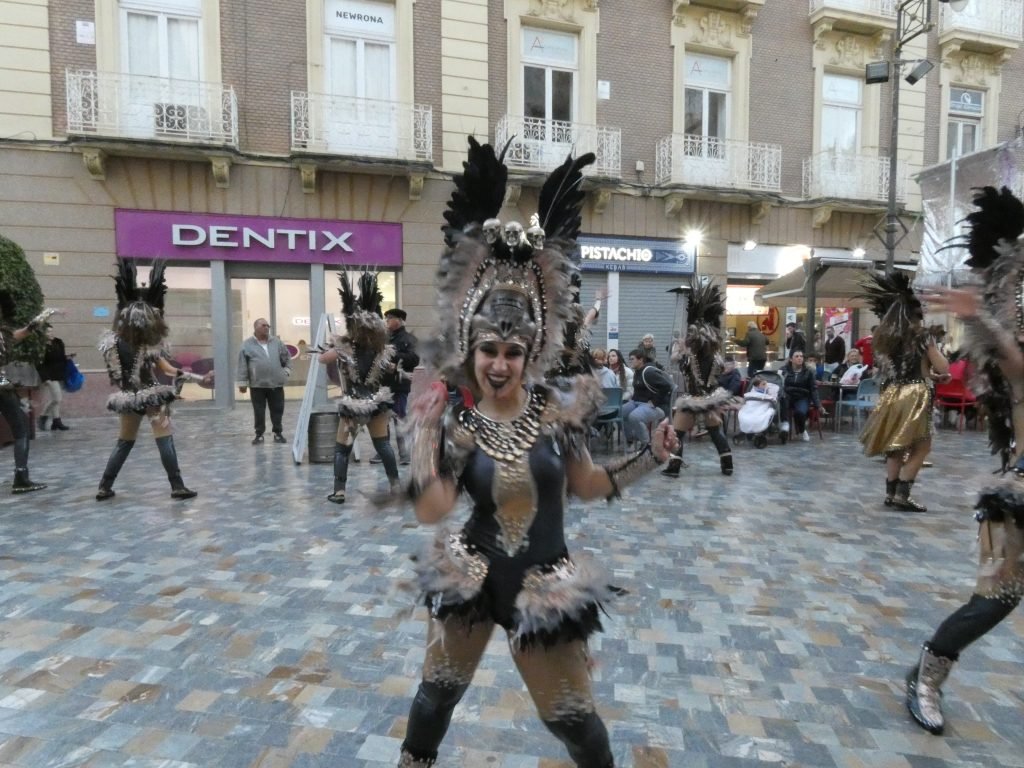
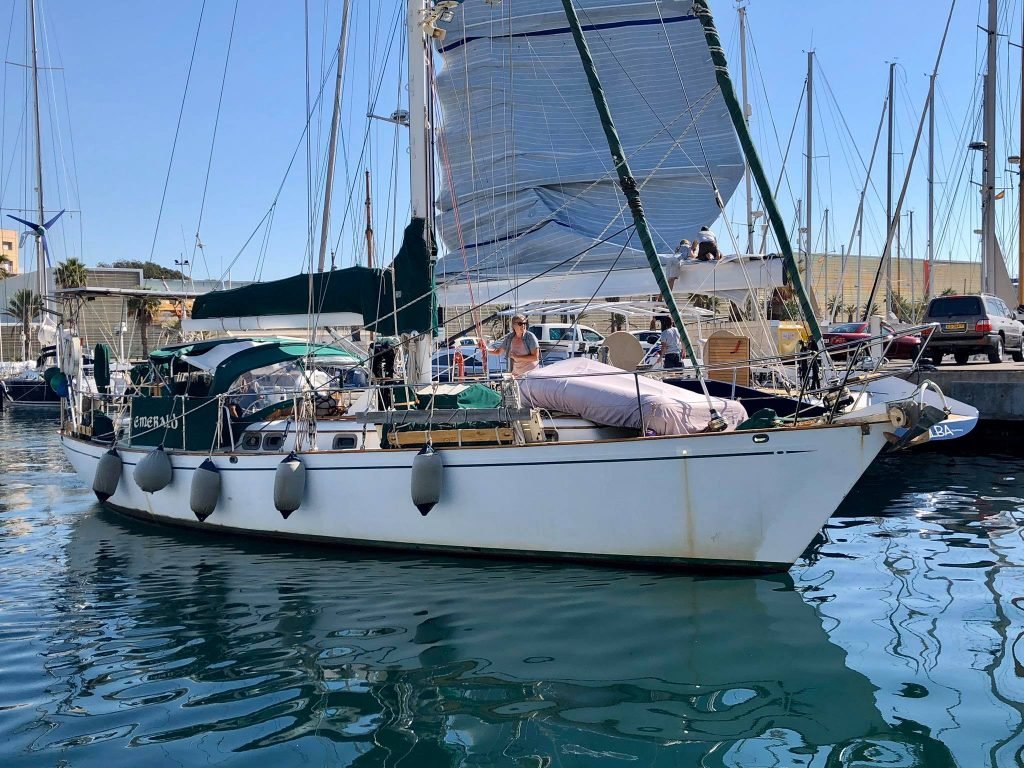
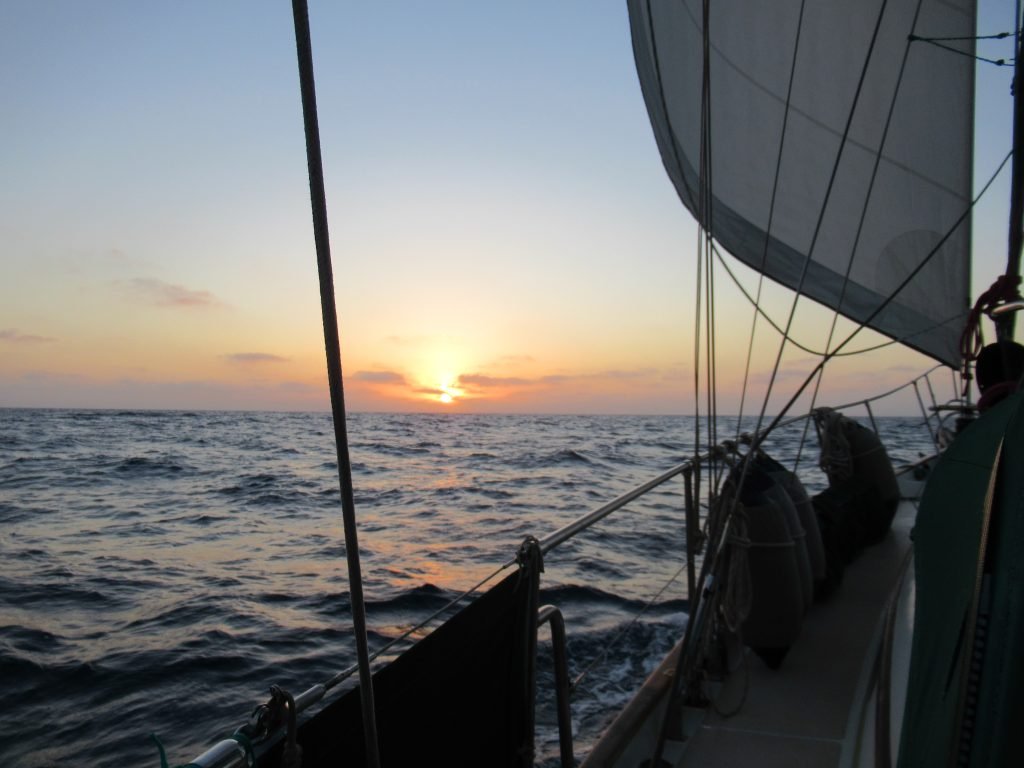

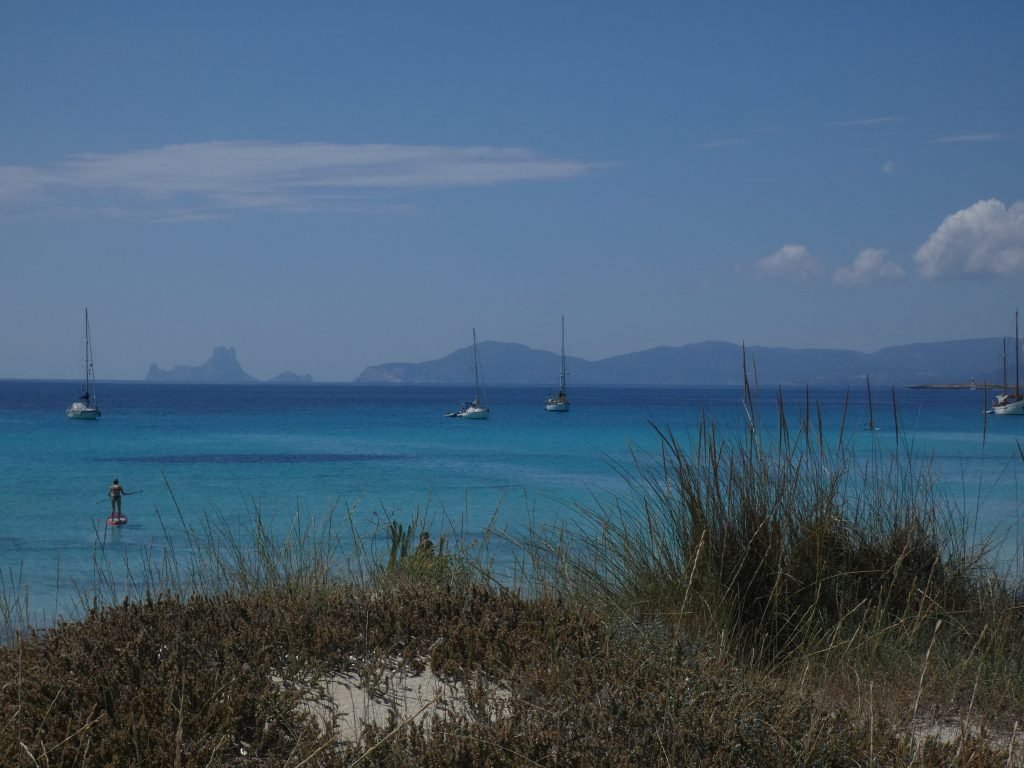
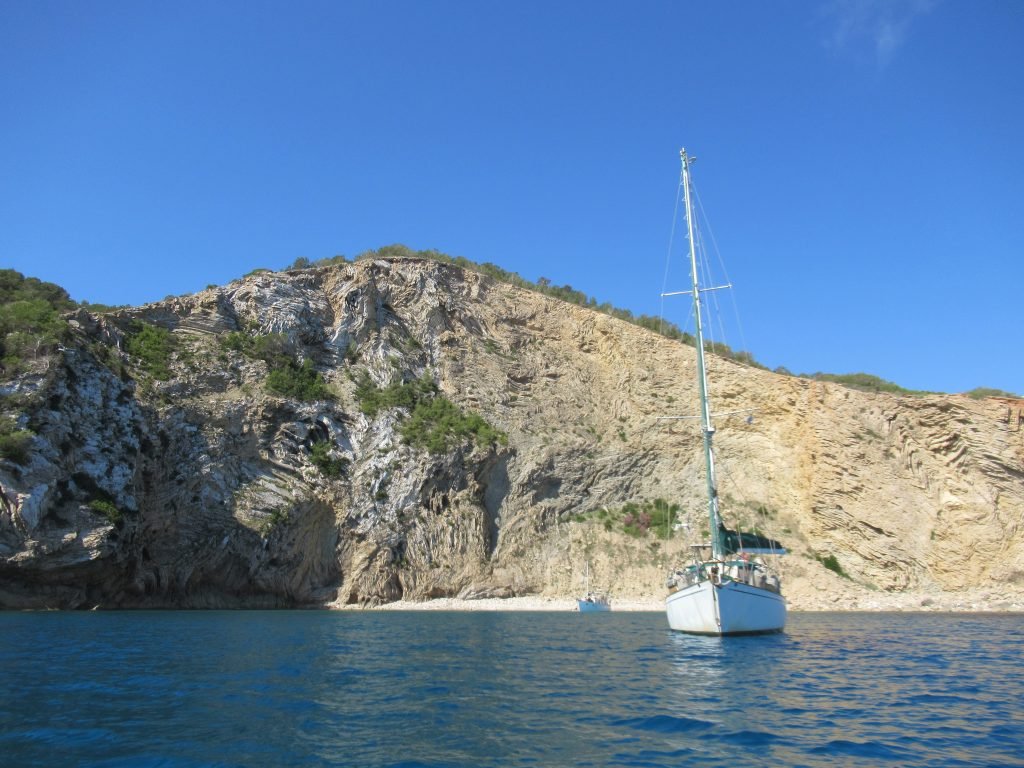
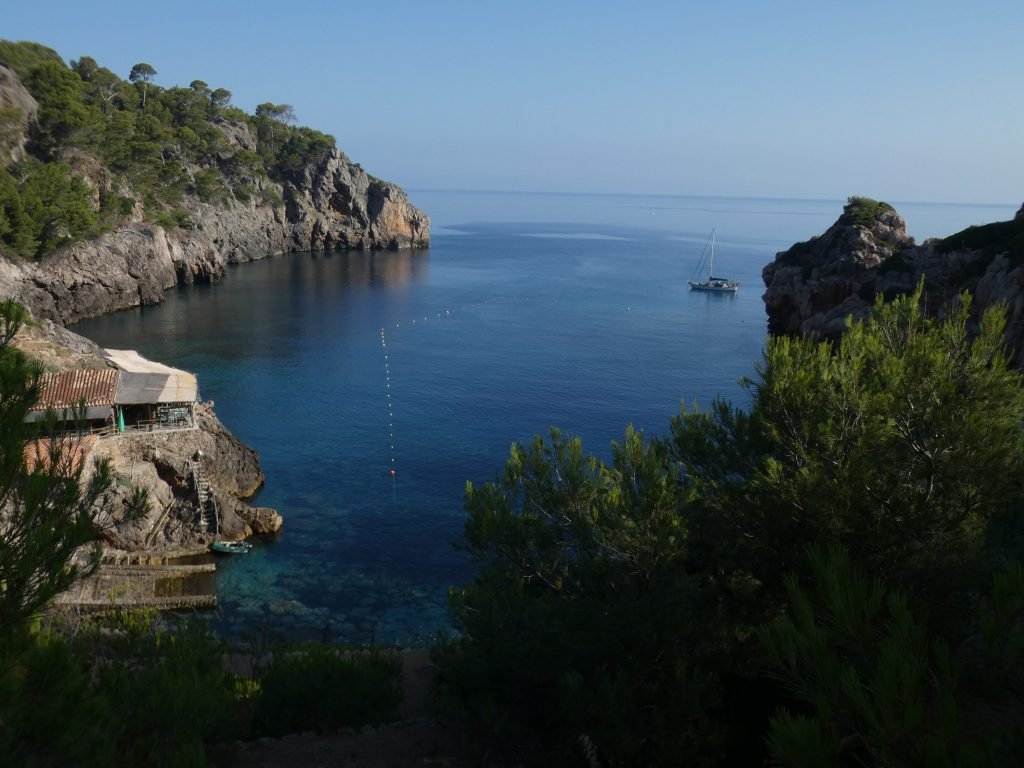

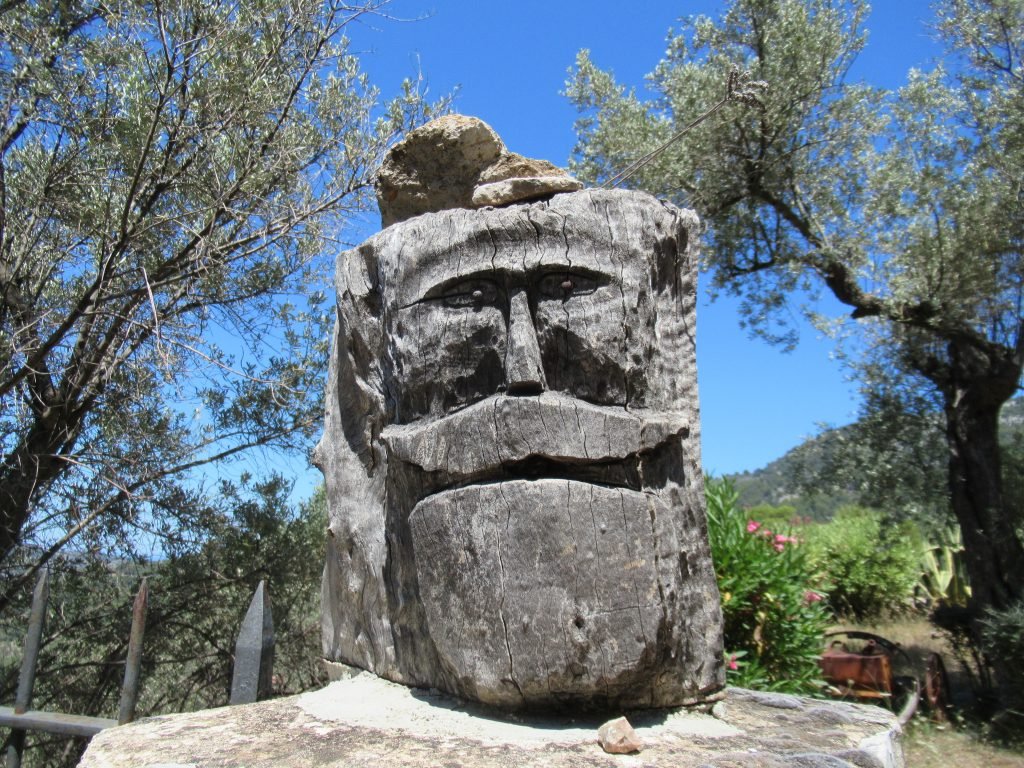

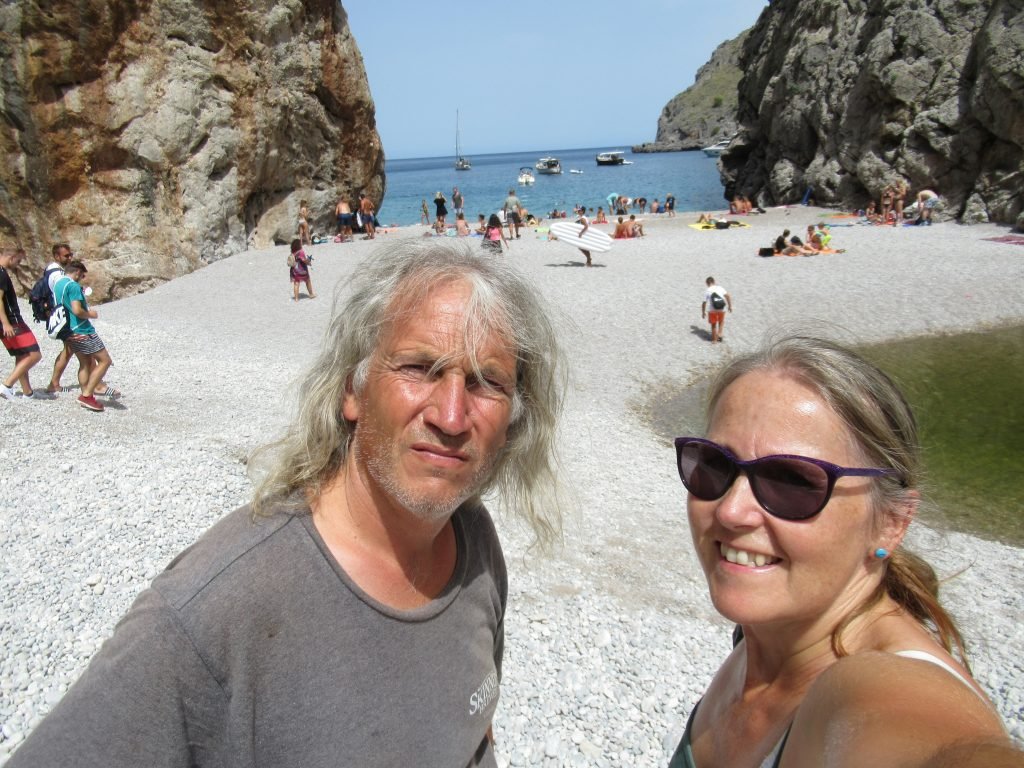

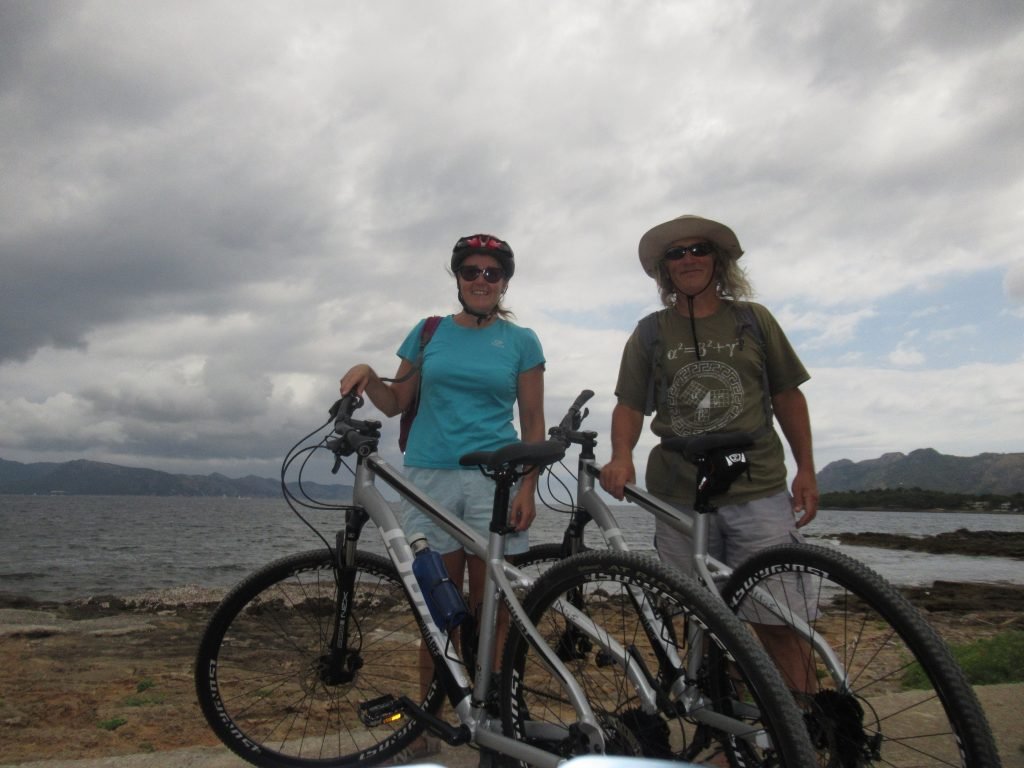


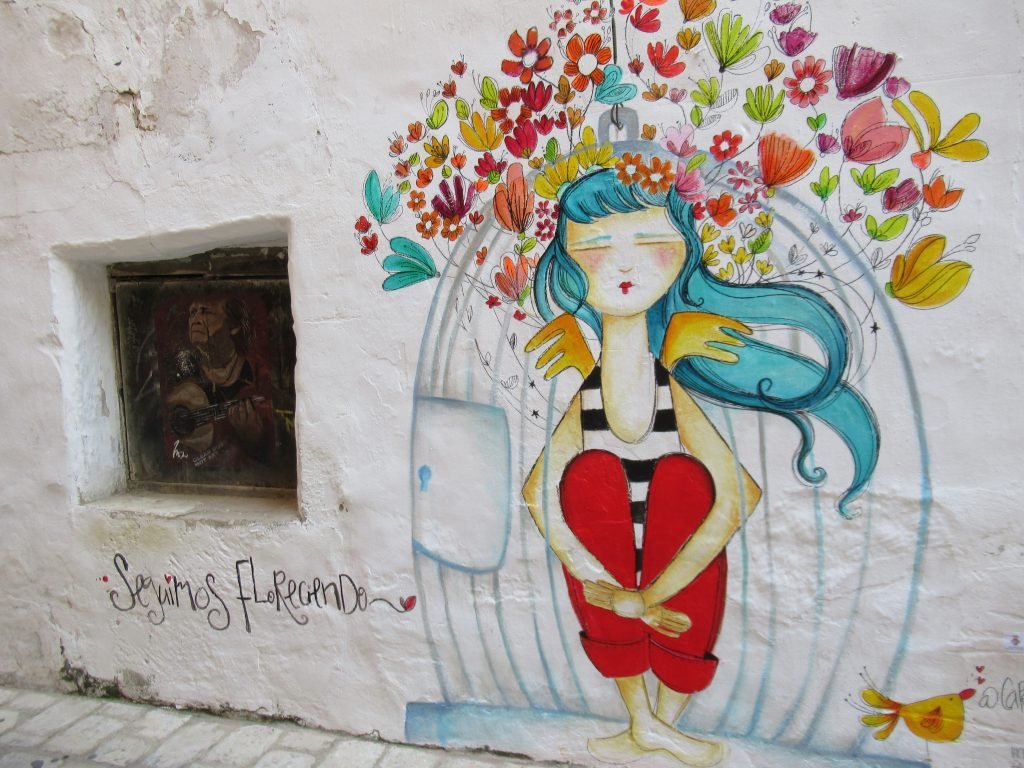
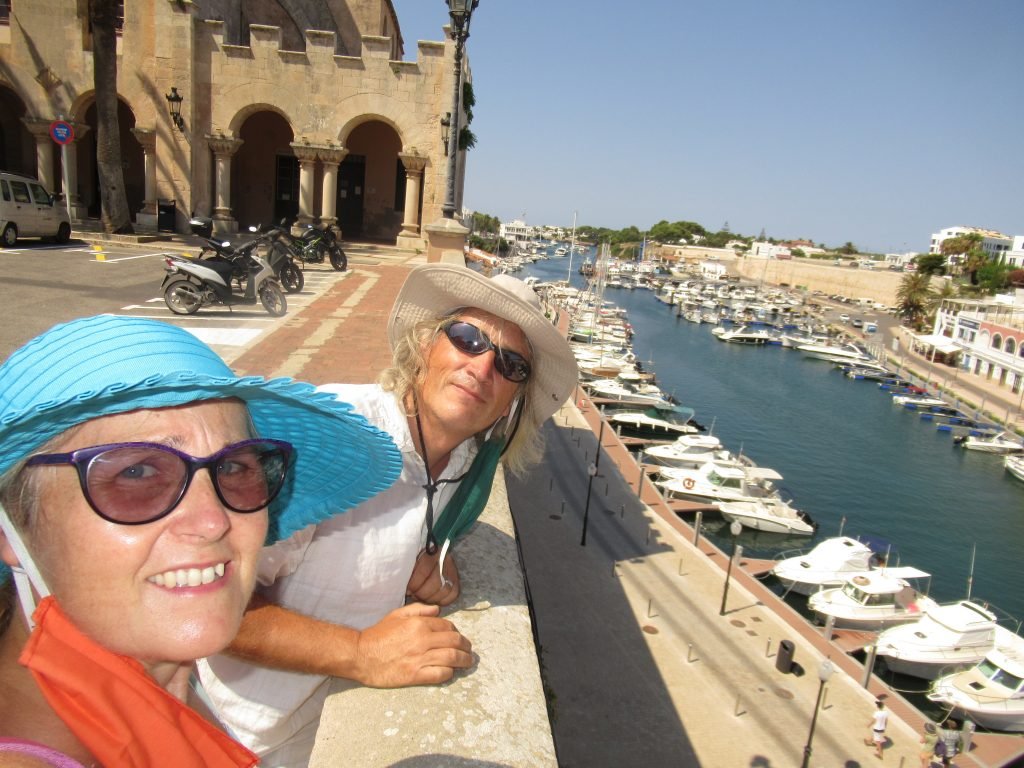
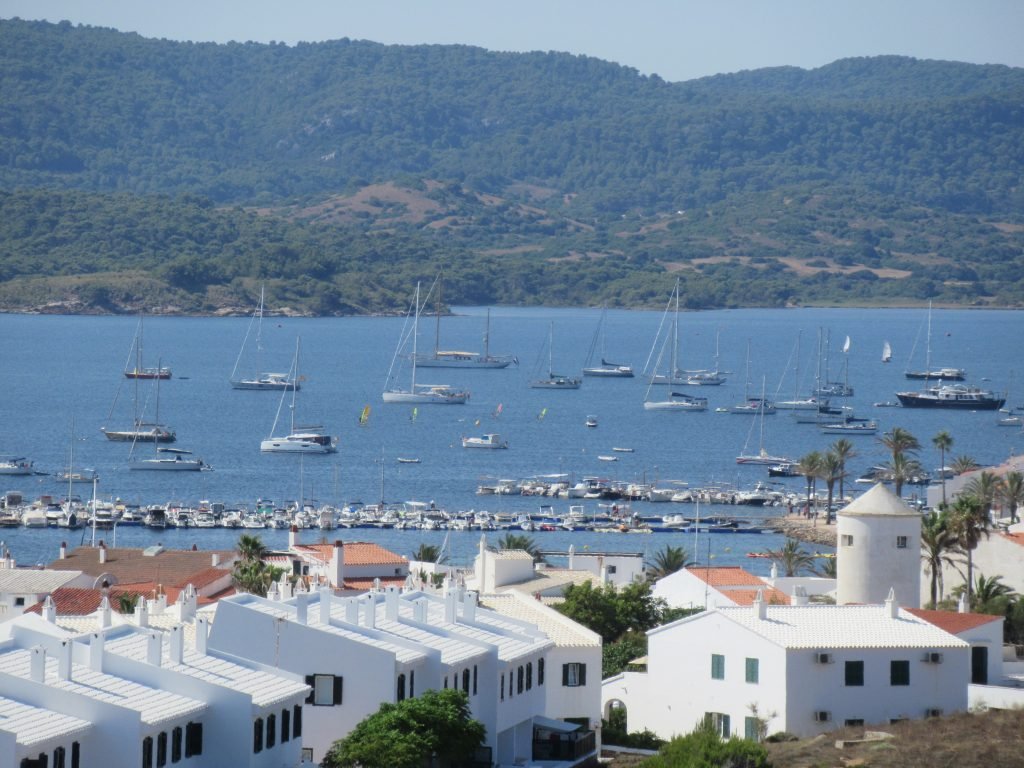



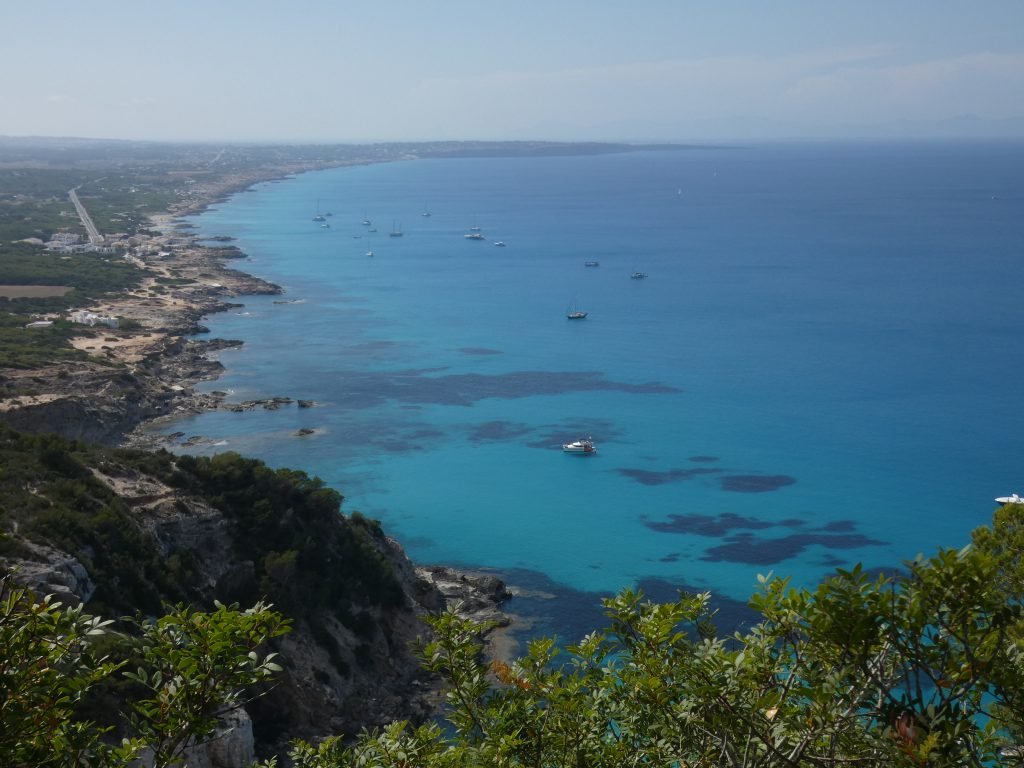

Another very interesting read Nic. You mention about needing a boatyard visit at some point, where is that likely to be and what are the priority maintenance tasks that you need to do ?
Hi Phil and thank you. Hopefully we’ll get to a local yard on the Algarve this summer and get some of the out of water jobs done. There are some maintenance tasks to be done on the propeller shaft and engine. The seacocks (where water comes into the boat into pipes) need a service and that is easier done out of the water.
At the moment Colin is working on one of the bigger problems, replacing a rotten floor in our galley, but he’s able to fix that whilst we’re in the water. The less time in a yard,the better!
We need to paint the hull, but will probably leave that until next year